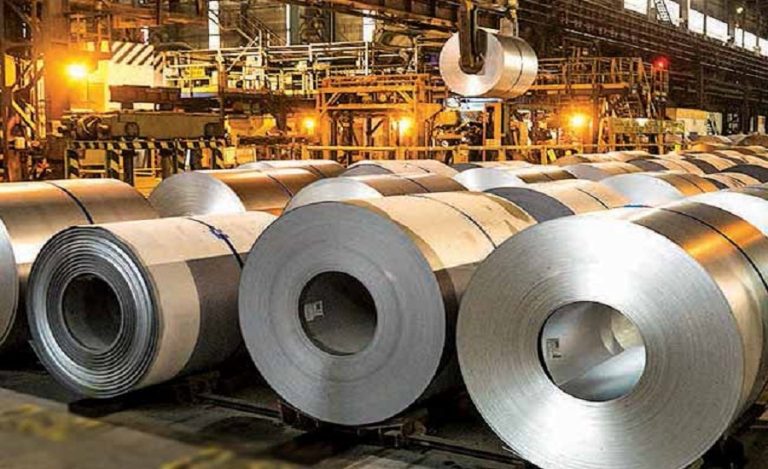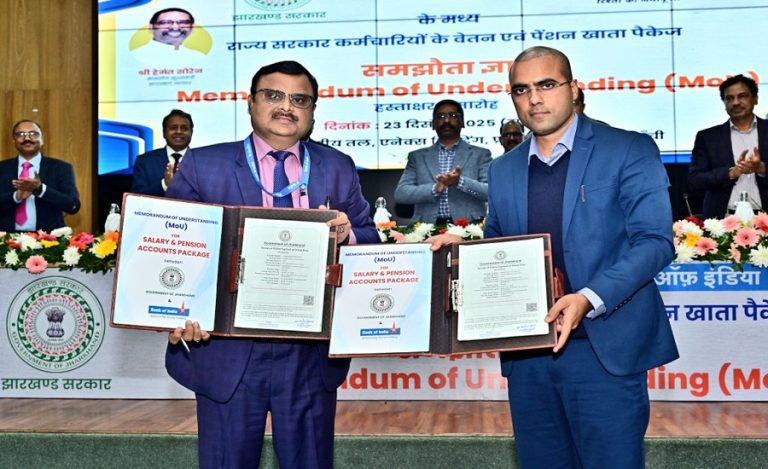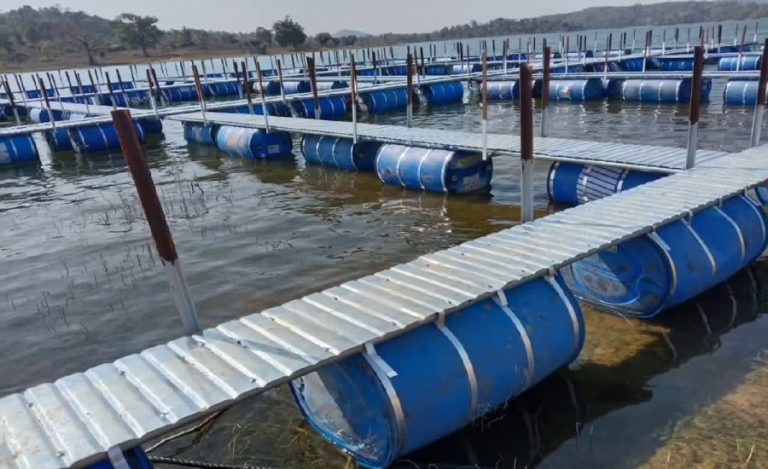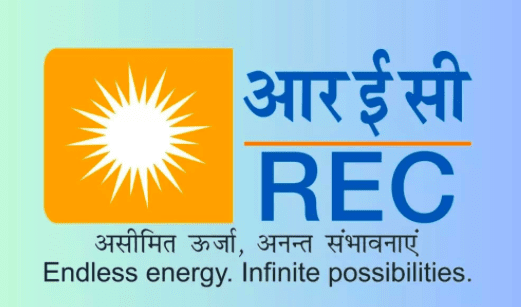New Delhi: India has approved negotiations for building six new submarines under Project 75 (India), in collaboration with Germany’s ThyssenKrupp Marine Systems (TKMS). Mazagon Dock Shipbuilders Limited (MDL) will lead local construction, ensuring significant technology transfer and indigenous participation.
The ₹70,000 crore project marks one of the largest defence acquisitions in recent years, aimed at bolstering India’s naval combat strength amid rising maritime challenges.
Expanding India’s Undersea Warfare Capability
The new submarines will incorporate Air Independent Propulsion (AIP), allowing diesel-electric boats to remain submerged for nearly three weeks without surfacing. This advancement significantly improves stealth, endurance, and survivability against enemy surveillance.
Current Kalvari-class submarines require regular surfacing, but DRDO is developing fuel cell-based AIP modules for retrofitting. The Indo-German design will rely on advanced hydrogen-oxygen fuel cells, ensuring a near-silent acoustic profile. This system is considered quieter and more effective than Sweden’s Stirling engines or France’s closed-cycle diesel solutions.
Addressing Fleet Gaps Amid Regional Challenges
The Indian Navy faces an urgent need to modernize, with nearly 10 ageing submarines scheduled for retirement over the next decade. China and Pakistan are simultaneously expanding their undersea fleets, adding pressure on India to accelerate replacements.
To counter this, India is pursuing parallel nuclear and conventional submarine programs. Two nuclear attack submarines are already under construction with strong private sector involvement, led by Larsen & Toubro. The six German-collaborated AIP submarines will play a critical role in bridging operational gaps while reinforcing long-duration undersea deterrence.
Also Read: S5-Class SSBNs: India’s Next Nuclear Submarines to Start Construction in 2027 with 16 MIRV Missiles
Parallel Boost for the Indian Air Force
In addition to the submarine approval, the government has cleared the fast-track procurement of Rampage missiles from Israel. These supersonic, precision-guided weapons gained prominence during Operation Sindoor, where the IAF struck terrorist camps in Muridke and Bahawalpur, Pakistan.
Measuring 4.7 metres and weighing 570 kilograms, Rampage missiles reach speeds of Mach 2–3 and carry a range of 150–250 kilometres. Designed for compatibility across platforms, they integrate seamlessly with India’s Su-30MKI fleet, alongside Western-origin fighters like the F-15, F-16, and F-35.
Strategic Significance and Future Roadmap
Equipping the IAF with Rampage systems strengthens long-range precision strike capability, providing a decisive edge against hardened targets such as airbases, radar stations, and command centres. The Air Force is now evaluating full-fleet integration to expand deep-strike reach.
Together, the submarine deal and Rampage acquisition underscore India’s dual strategy: combining immediate capability gains through imports with long-term self-reliance under the Make in India framework. By ensuring local submarine construction at MDL and parallel technology transfer, the government is strengthening domestic shipbuilding while addressing immediate maritime security needs.
Strengthening India’s Deterrence Posture
The approval of these procurements signals India’s commitment to enhancing naval and air superiority. With advanced submarines on the horizon and precision strike weapons entering service, the country is positioning itself to maintain credible deterrence and operational dominance across the Indo-Pacific.



























